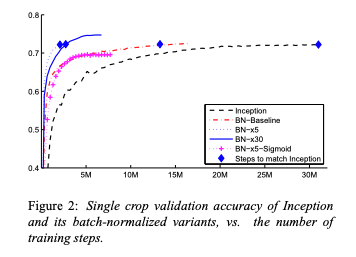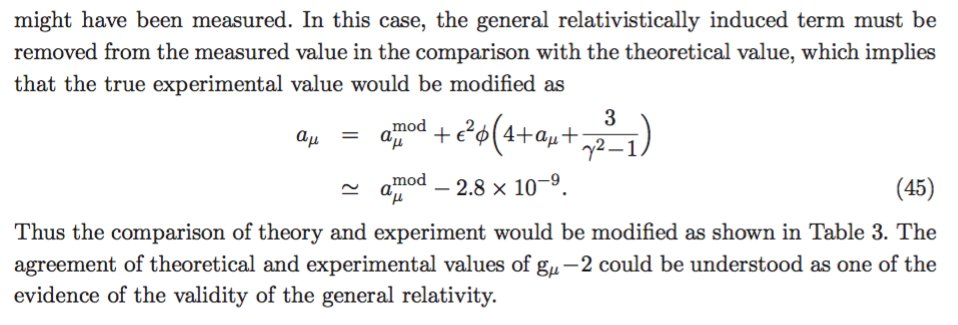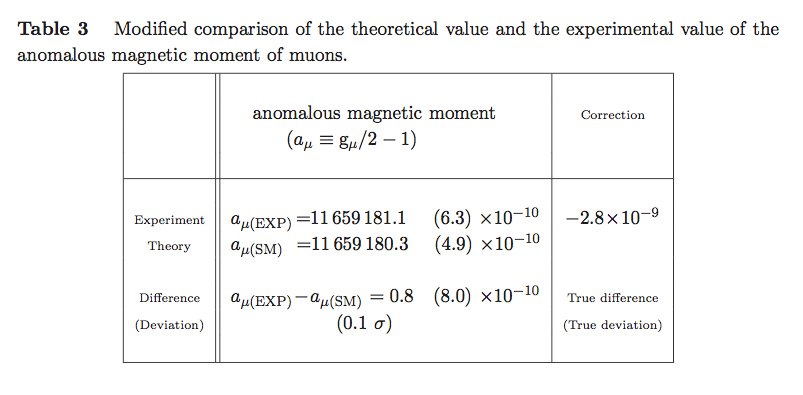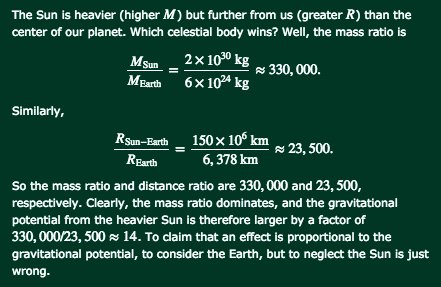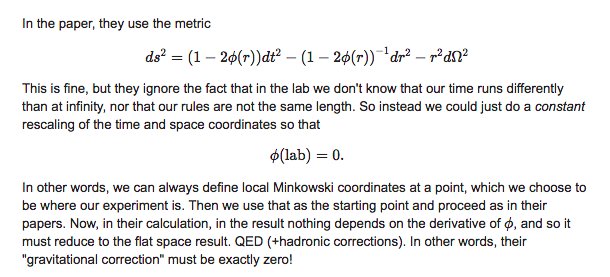Here's why I think this may be the case. (thread)
My first paper, with Y. Sinai in 2002, arxiv.org/abs/math/06016… proves that 3x+1 paths are a geometric Brownian motion (in a precise asymptotic sense), with drift log 3/4 < 0
In 1972, Conway showed that some generalizations of 3x+1 were undecidable, by representing in them the halting problem. This is
So here's the idea: the 3x+1 map is HARDWARE that runs programs, and each initial seed is SOFTWARE, that is, a program that produces some behavior when run on hardware.
The heuristic/probabilistic arguments point to average behavior, and are probably right - it's entirely
Another close (I think) analogy is to Conway's Game of Life;
Those gliders were not easy to discover, but they were the key to unlocking the universality of the Game of Life.
What if there actually is some 3x+1 software (that is,
Let's try to elaborate a bit more. As in [K-Sinai, op cit], it's enough to look at numbers coprime to 6, and divide out


